Quick – name three important types of urban open spaces…public parks, community gardens, umm…roof gardens…how about cemeteries? While making space for the living invariably involves destruction of open space, the space we make for the dead can be a uniquely important part of the urban forest.
We owe our historical cemeteries a great deal in the U.S., for the “rural cemetery movement” in the 19th century preceded the development of an urban park system. It began in Boston. By 1825, urban burial grounds were at capacity, and citizens believed that graves exuded a “miasma” of unhealthy air that caused sickness and death (a belief not discouraged by urban developers with an eye on the valuable land).
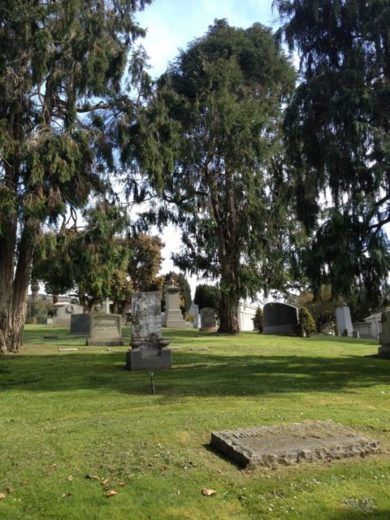
Cypress Lawn Memorial Park
The need to relocate burial grounds to a rural location coincided with an idea of the Massachusetts Horticultural Society, which sought to create an experimental garden showcasing various fruiting and ornamental plants. Mount Auburn Cemetery was created to combine the two ideas – a landscape to educate the living and house the dead. Monuments and statuary added an artistic component to this landscape. Rural cemeteries served as an escape from the crowded (parkless) city, a place for families to meet and picnic. Other cities followed suit including Brooklyn’s Greenwood, Philadelphia’s Laurel Hill and Cypress Lawn Memorial Park, outside San Francisco.
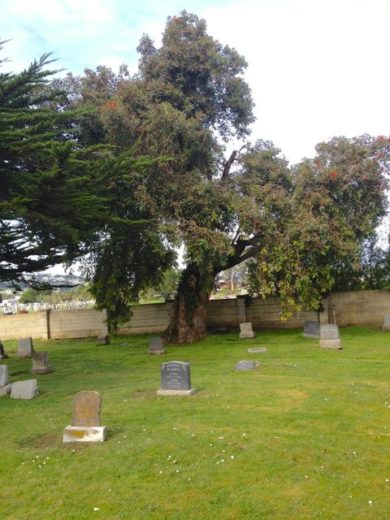
Cypress Lawn Memorial Park (historic section)
In these historic landscapes we may still find unnoticed aging and decaying trees. Tree risk assessors consider not only the tree but also the target – people and property under the tree that could be damaged by tree failure. The fewer people and buildings around, the lower the target rating. The lower the target rating, the lower the priority to take mitigating action, such as tree removal. Park pathways and roadsides have higher target ratings and liability concerns often force urban tree managers to focus attention there.
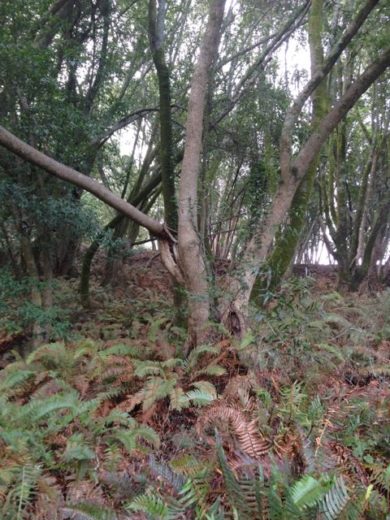
Fernwood Cemetery, Mill Valley, CA
Historic cemetery landscapes still educate birders and lichenologists – why not arborists? An elderly tree in a remote cemetery corner creates a unique opportunity for us to learn about how trees age, decay and respond to wounding, without a high potential for injury and damage. Most of the “veteran tree” science is coming out of Europe, where many such more aged trees exist. American arborists – and citizens – deserve to see aging trees firsthand, without having to travel deep into the wilderness.
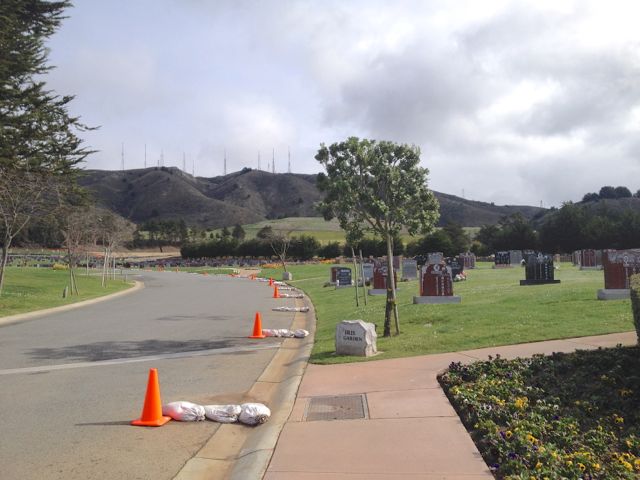
Cypress Lawn (new section)
Cemetery design is important. 19th century cemeteries incorporated trees among the gravesites for a park-like feel. Newer cemetery designs may shunt new trees to edges and borders, which makes room for more “customers,” but loses the natural aesthetic found in historic cemeteries. Not to mention more potential for future hardscape damage. Why not spend less on our headstones and plant a tree on our graves instead?
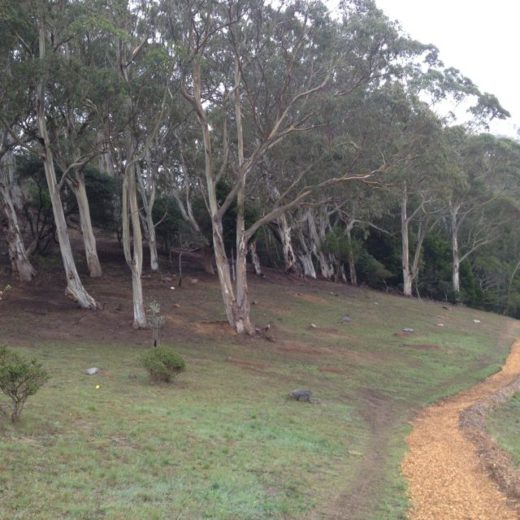
Fernwood Cemetery
Better yet, let’s benefit the urban forest by eschewing embalming and wooden caskets. Natural or “green” burial involves burying the body directly into the earth and allowing the natural processes of decay – self-composting, if you will. Green burial has precedents going back thousands of years, but really began to catch on in the U.S. in the late 20th century. Make the arrangements now to die as you have lived – among trees.
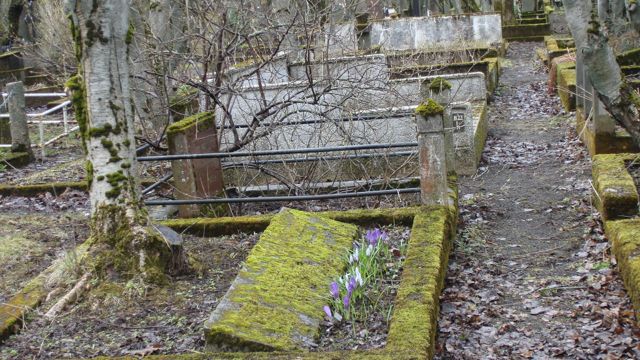
Reykjavik, Iceland
Let the moss grow on my grave
Lichen crack the stone
Tree roots pierce down in my heart
And the bugs live on my bones
Once my soul done left the earth
There’ll be nothing left to save
Let the flowers bloom all across my tomb
And the moss grow on my grave
Ellyn Shea is a consultant and garden educator in San Francisco.
Top image: Reykjavik, Iceland – a country that otherwise has very few trees

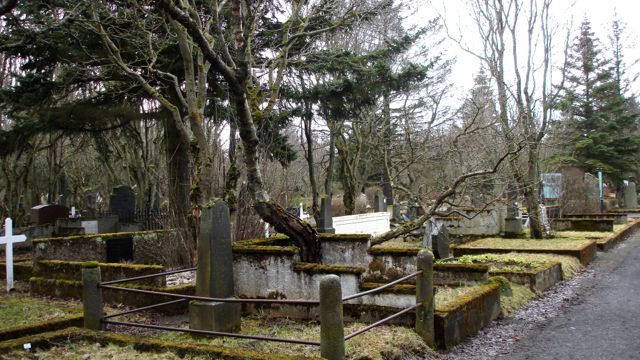




Leave Your Comment